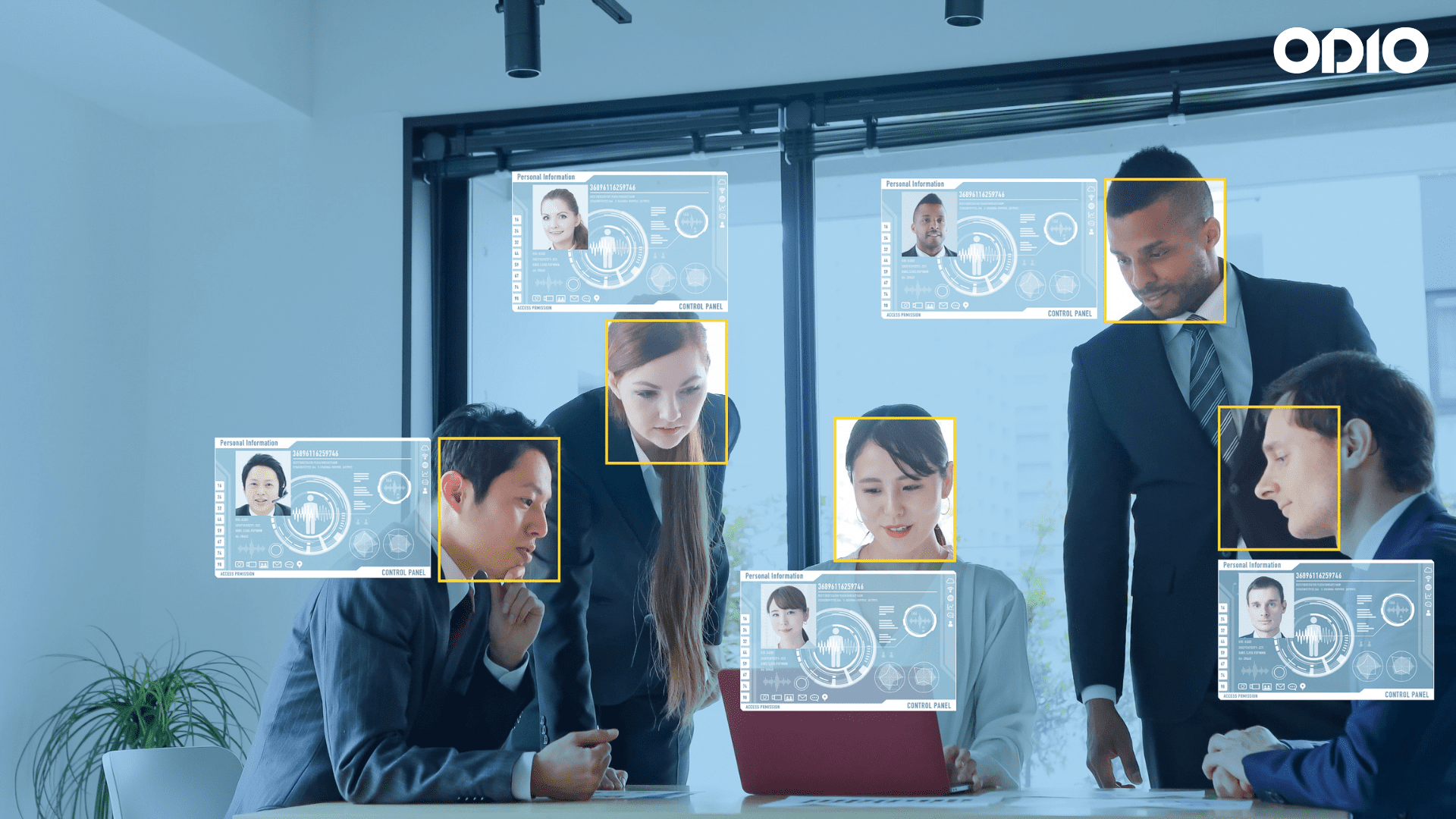Introduction
In the realm of technological innovation, the landscape of facial recognition has burgeoned, promising a future where identities are seamlessly authenticated. Yet, as we traverse this frontier, a paramount concern emerges – the ethical deployment of facial recognition through responsible AI investments and safeguards. Let’s embark on a journey to unravel the narrative of ethical technology in the age of facial recognition.
Understanding Responsible AI Investments and Safeguards
Responsible AI Investments:
Responsible AI investments involve allocating resources in a manner that prioritizes ethical considerations and human well-being. In the context of facial recognition, this entails ensuring that the development, deployment, and usage of AI technologies align with ethical standards and legal frameworks.
Safeguards for Facial Recognition:
Safeguards act as protective measures to mitigate risks associated with facial recognition technology. This includes implementing measures such as stringent privacy policies, transparency in data usage, and robust security protocols to prevent misuse or unauthorized access.
Challenges on the Ethical Horizon
Lack of Standardization:
One of the significant challenges in the realm of responsible AI investments and safeguards for facial recognition is the absence of standardized regulations. The lack of universally accepted guidelines leaves room for ambiguity and varying ethical standards across different implementations.
Privacy Concerns:
Facial recognition technology, if not responsibly managed, poses substantial threats to individual privacy. Unauthorized surveillance and the potential misuse of facial data raise significant concerns. Balancing technological advancements with privacy safeguards is a delicate yet crucial task.
Algorithmic Bias:
The presence of biases within facial recognition algorithms can perpetuate existing societal prejudices. If not addressed, these biases can lead to unfair profiling, impacting individuals based on race, gender, or other demographic factors. Overcoming algorithmic bias is imperative for ethical and equitable facial recognition systems.
Benefits of Ethical AI Investments and Safeguards
Human-Centric Approach:
Investing responsibly in AI and implementing safeguards ensures a human-centric approach. By prioritizing ethics, the technology is designed to serve individuals and communities without compromising their rights and dignity.
Trust and Acceptance:
Ethical considerations and safeguards build trust among users and stakeholders. When individuals are confident that their privacy is prioritized, acceptance and adoption of facial recognition technology become more widespread.
Prevention of Misuse:
Implementing safeguards acts as a deterrent to potential misuse of facial recognition technology. Strict protocols and ethical frameworks help in preventing unauthorized access, surveillance abuses, and discriminatory practices.
Fostering Innovation:
Responsible AI investments stimulate innovation by encouraging developers to create technologies that align with ethical standards. This not only enhances the industry’s reputation but also fosters sustainable and responsible advancements in facial recognition.
FAQ
Q1. How can responsible AI investments address algorithmic bias?
Responsible AI investments involve continuous monitoring and auditing of algorithms to identify and rectify biases. Diverse datasets and inclusive training methods are essential components to address algorithmic bias.
Q2. What privacy safeguards are crucial for facial recognition systems?
Crucial privacy safeguards include transparent data usage policies, user consent mechanisms, encryption of facial data, and strict controls on data access and storage.
Conclusion
In the era of facial recognition, responsible AI investments and safeguards stand as guardians of ethical technology. As we embrace the potential of facial recognition, it is paramount to navigate this frontier with a commitment to privacy, fairness, and transparency. By doing so, we not only harness the benefits of technological innovation but also ensure a future where facial recognition coexists harmoniously with ethical principles, safeguarding the rights and dignity of individuals.
Thank you for reading. We hope this blog has been helpful in providing you with valuable information. For more insightful blogs like this, please follow our blogs at Odio.

Leave a Reply